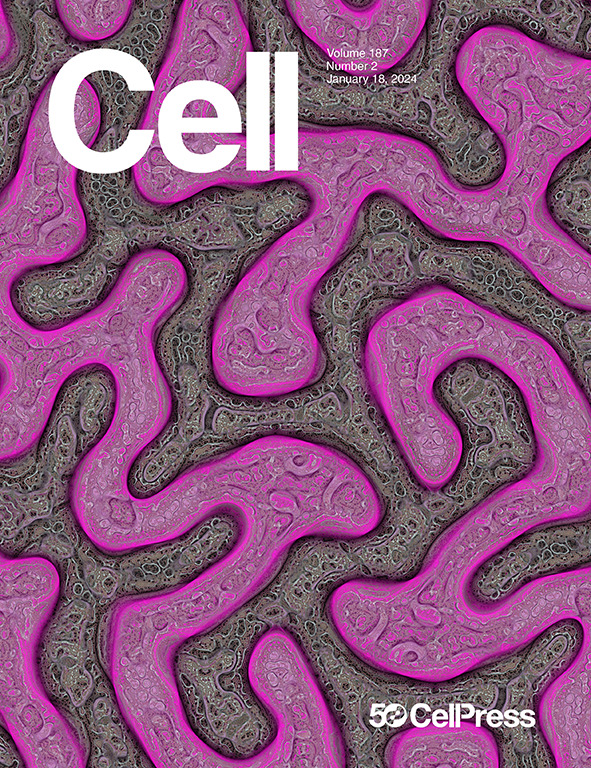LoxCode in vivo barcoding reveals epiblast clonal fate bias to fetal organs
IF 45.5
1区 生物学
Q1 BIOCHEMISTRY & MOLECULAR BIOLOGY
引用次数: 0
Abstract
Much remains to be learned about the clonal fate of mammalian epiblast cells. Here, we develop high-diversity Cre recombinase-driven LoxCode barcoding for in vivo clonal lineage tracing for bulk tissue and single-cell readout. Embryonic day (E) 5.5 pre-gastrulation embryos were barcoded in utero, and epiblast clones were assessed for their contribution to a wide range of tissues in E12.5 embryos. Some epiblast clones contributed broadly across germ layers, while many were biased toward either blood, ectoderm, mesenchyme, or limbs, across tissue compartments and body axes. Using a stochastic agent-based model of embryogenesis and LoxCode barcoding, we inferred and experimentally validated cell fate biases across tissues in line with shared and segregating differentiation trajectories. Single-cell readout revealed numerous instances of asymmetry in epiblast contribution, including left-versus-right and kidney-versus-gonad fate. LoxCode barcoding enables clonal fate analysis for the study of development and broader questions of clonality in murine biology.

LoxCode体内条形码显示外胚层克隆对胎儿器官的命运偏向
关于哺乳动物外胚层细胞的克隆命运,仍有许多有待研究。在这里,我们开发了高多样性的Cre重组酶驱动的LoxCode条形码,用于大量组织和单细胞读数的体内克隆谱系追踪。胚胎日(E) 5.5前原肠胚在子宫内进行条形码,并评估外胚层克隆对E12.5胚胎广泛组织的贡献。一些外胚层克隆在胚层上有广泛的贡献,而许多外胚层、间充质或肢体在组织区室和体轴上有偏向。利用基于随机代理的胚胎发生模型和LoxCode条形码,我们推断并实验验证了组织间的细胞命运偏差,这些偏差符合共享和分离的分化轨迹。单细胞读数揭示了外胚层贡献的许多不对称实例,包括左对右和肾对性腺的命运。LoxCode条形码使克隆命运分析能够用于研究小鼠生物学中的发育和更广泛的克隆问题。
本文章由计算机程序翻译,如有差异,请以英文原文为准。
求助全文
约1分钟内获得全文
求助全文
来源期刊

Cell
生物-生化与分子生物学
CiteScore
110.00
自引率
0.80%
发文量
396
审稿时长
2 months
期刊介绍:
Cells is an international, peer-reviewed, open access journal that focuses on cell biology, molecular biology, and biophysics. It is affiliated with several societies, including the Spanish Society for Biochemistry and Molecular Biology (SEBBM), Nordic Autophagy Society (NAS), Spanish Society of Hematology and Hemotherapy (SEHH), and Society for Regenerative Medicine (Russian Federation) (RPO).
The journal publishes research findings of significant importance in various areas of experimental biology, such as cell biology, molecular biology, neuroscience, immunology, virology, microbiology, cancer, human genetics, systems biology, signaling, and disease mechanisms and therapeutics. The primary criterion for considering papers is whether the results contribute to significant conceptual advances or raise thought-provoking questions and hypotheses related to interesting and important biological inquiries.
In addition to primary research articles presented in four formats, Cells also features review and opinion articles in its "leading edge" section, discussing recent research advancements and topics of interest to its wide readership.
 求助内容:
求助内容: 应助结果提醒方式:
应助结果提醒方式:


